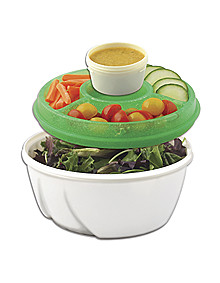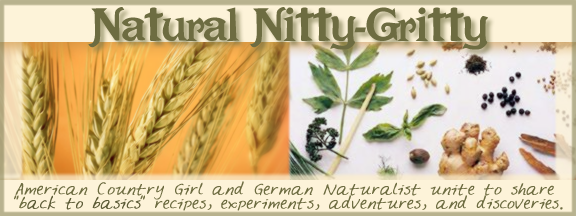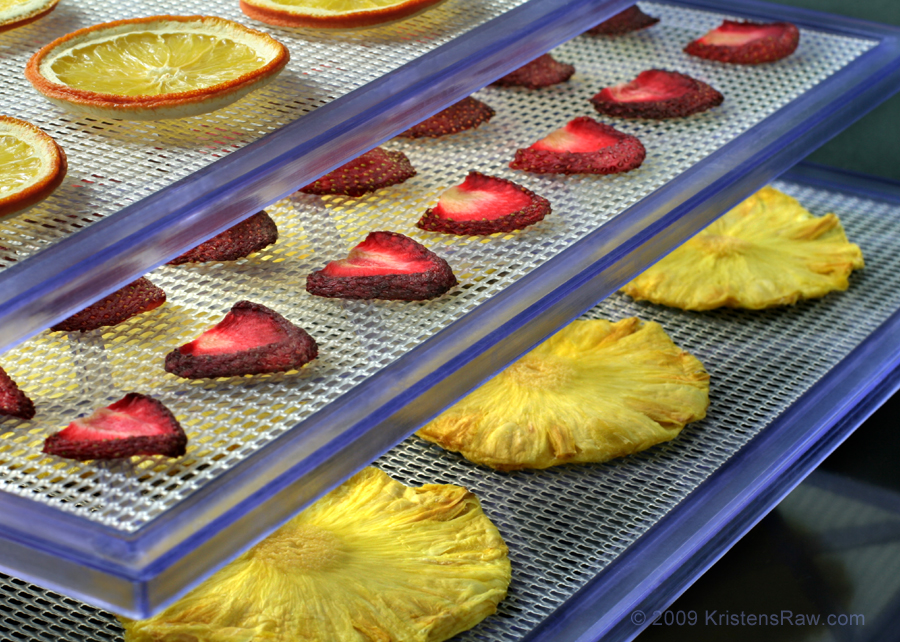
I'm amazed at how full you can get by eating a healthy salad. I've never been a big salad eater. When I was young, I hated lettuce! I could eat any other vegetable... but not lettuce! As I got older, I realized it was not salad I hated, it was the type of lettuce I was always given. Iceberg is the main type of lettuce that most people use. Interestingly enough, it's the lettuce with the least amount of taste and nutrients. So...I decided to give salad another try...this time with a different lettuce, and I really liked it! Sense then, I've discovered lots of different varieties of lettuce I really like. It's the taste and texture of the lettuce that makes all the difference.
* Here are some ideas to make salad a healthy part of your day:
-Start with a good lettuce and/or spinach. I love the spring mixes. A good rule of thumb is, the darker green the lettuce is, the healthier it is for you.
-Use small containers to keep toppings for your salad in so they're ready when you need them. I love the take and toss ones. They're small and I can stack them on top of each other in the fridge. Fill them with nuts(plain nuts are so good for you! The fat in them is a good kind of fat your body needs.), seeds(sunflower, sesame, hemp), beans (like pinto, black, kidney or white...think Cafe Rio but healthier), Small tomato's, sprouts, craisins, grapes...what ever you like to top your salad with that's healthy. You can save money by buying in bulk at your local health food store. Using toppings will give your salad more flavor and it will help you to use less dressing.
-Now for the Dressing...hummm... the healthiest and cheapest ones are homemade. You can make a big batch and keep it in the fridge for a month or longer depending on what the ingredients are, then you'll have some ready when you need it. Making your own dressing is not really that hard, you just need a blender and a few ingredients. The most important ingredient in a dressing, whether it's store bought or homemade, is the type of oil used. Olive oil is going to be your healthiest and least fattening. What ever you use, use your dressing sparingly.
-The last idea I had is for those who work. I came across a great container that will keep your salad fresh on the go! Now you can take your salad to work and have a healthy lunch everyday. The container is called, Stay Fit by EZ-Freeze. What I love about it is, it has a built in gel pack
 you put in the freezer the night before so you can keep your food cold throughout the day. There are different container sizes with compartments for salad toppings, sandwiches and other leftovers. I found these at Wal-Mart in the Tupperware section.
you put in the freezer the night before so you can keep your food cold throughout the day. There are different container sizes with compartments for salad toppings, sandwiches and other leftovers. I found these at Wal-Mart in the Tupperware section.My husband and I have enjoyed eating salad lately. He takes his to work with him most days. Most importantly, It's helped us to loose some weight and feel better about our health.
What are your favorite things to put on your salad?







